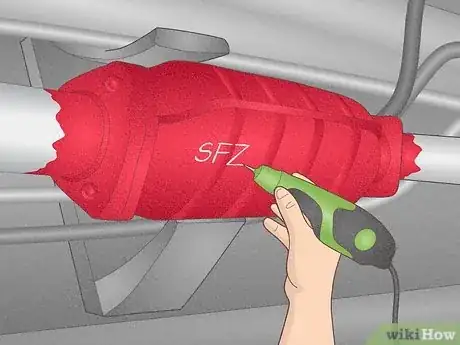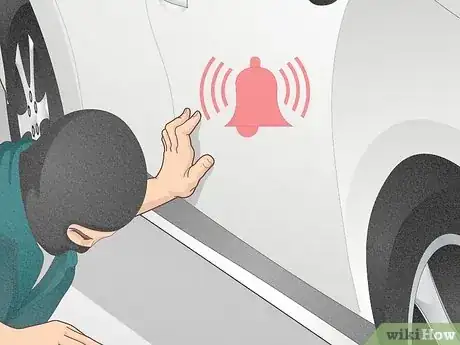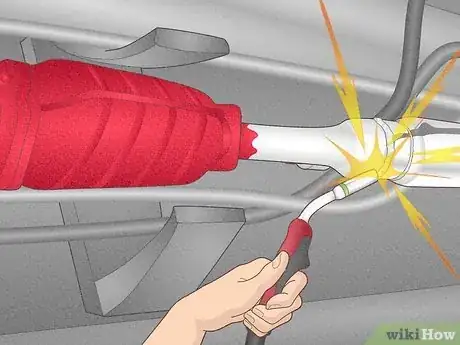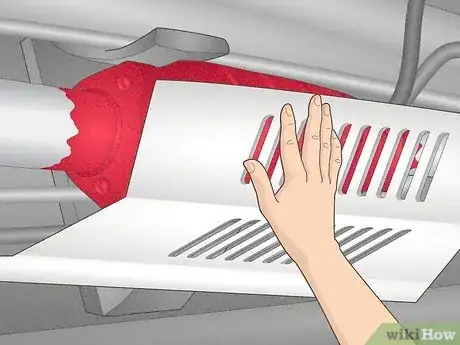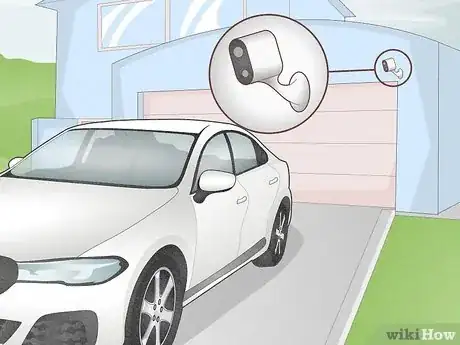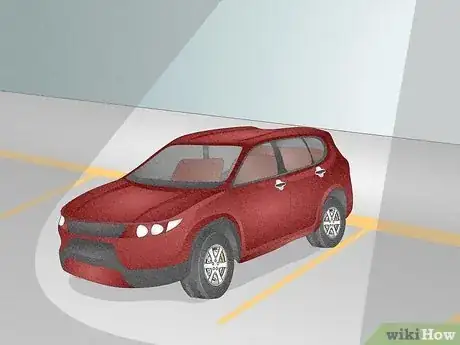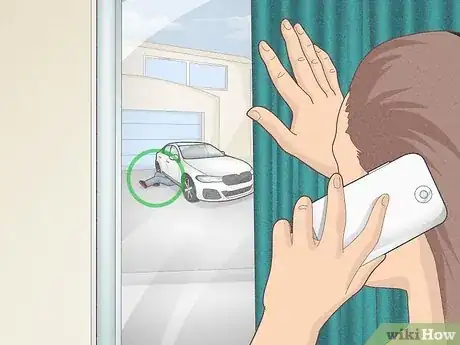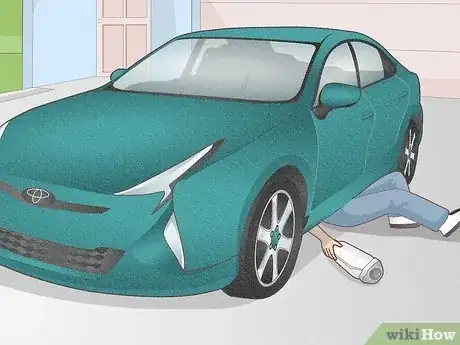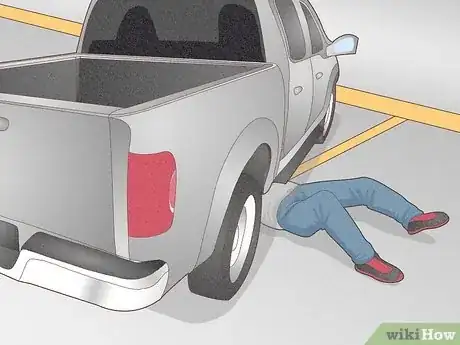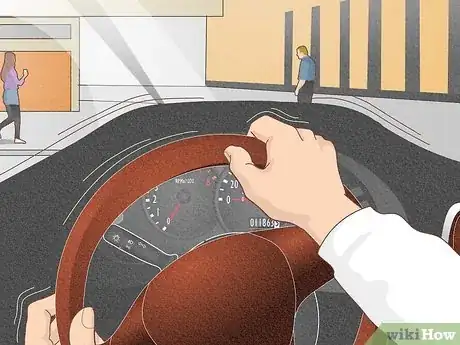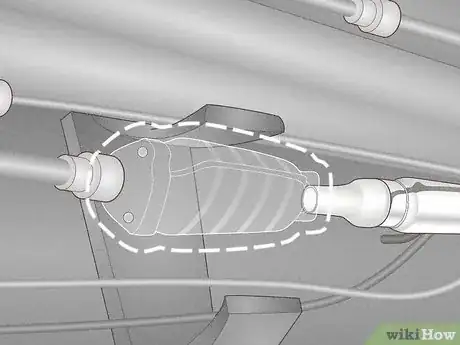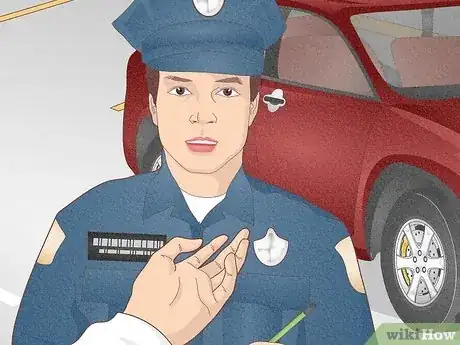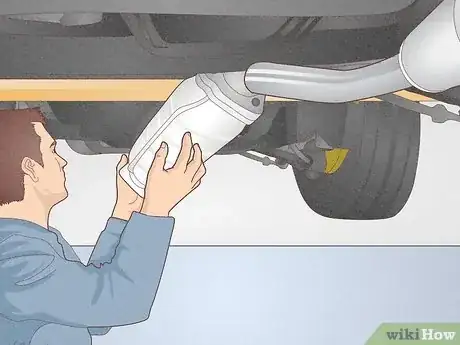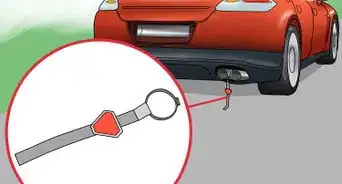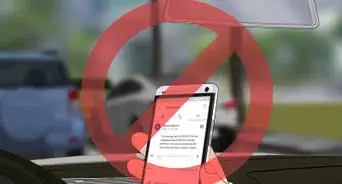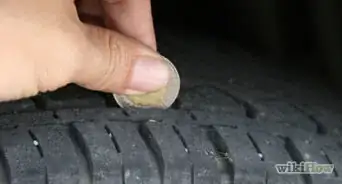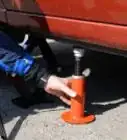This article was co-authored by Saul Jaeger, MS and by wikiHow staff writer, Hunter Rising. Saul Jaeger is a Police Officer and Captain of the Mountain View, California Police Department (MVPD). Saul has over 17 years of experience as a patrol officer, field training officer, traffic officer, detective, hostage negotiator, and as the traffic unit’s sergeant and Public Information Officer for the MVPD. At the MVPD, in addition to commanding the Field Operations Division, Saul has also led the Communications Center (dispatch) and the Crisis Negotiation Team. He earned an MS in Emergency Services Management from the California State University, Long Beach in 2008 and a BS in Administration of Justice from the University of Phoenix in 2006. He also earned a Corporate Innovation LEAD Certificate from the Stanford University Graduate School of Business in 2018.
There are 17 references cited in this article, which can be found at the bottom of the page.
This article has been viewed 10,478 times.
Did you know that more than 10,000 catalytic converters were reported stolen in 2020 alone?[1] With the number of thefts on the rise, it’s more important than ever to protect this valuable part. Luckily, there are several effective things you can do so thieves are less likely to target your vehicle. Keep reading to find out how to stop catalytic converter theft and what you can do in case yours does get stolen.
Things You Should Know
- Paint your catalytic converter a bright color to help deter thieves from stealing it.
- Install an anti-theft shield or cage over your catalytic converter so it’s harder to access.
- Weld your catalytic converter to the frame of your car so it's hard for thieves to remove.
- Adjust your vehicle alarm’s sensitivity so it better detects any vibrations from thieves.
Steps
Warnings
- Avoid driving your vehicle without a catalytic converter unless you head straight to a mechanic since you could get fined for your faulty exhaust system.[23]⧼thumbs_response⧽
References
- ↑ https://www.nicb.org/news/blog/catalytic-converter-thefts-skyrocket-across-nation-0
- ↑ https://youtu.be/_ddeKDFnN2c?t=257
- ↑ https://www.sjgov.org/docs/default-source/district-attorney-documents/press-releases/2021/catalytic-converter-brochure-(english).pdf?sfvrsn=da7637d8_2
- ↑ https://bellevuewa.gov/sites/default/files/media/pdf_document/2022/BPD-22-6669-Catalytic%20Converter%20Theft%20flyer_0.pdf
- ↑ https://www.cityofsanmateo.org/DocumentCenter/View/82894/Four-Catalytic-Converter-Theft-Suspects-Arrested-in-24-Hour-Period-12012020
- ↑ https://www.themechanicdoctor.com/what-is-a-catalytic-converter-and-how-do-you-look-after-one/
- ↑ https://cms9files.revize.com/richfieldmn/Catalytic%20Converter_Theft%20Prevention.pdf
- ↑ https://www.cityofsanmateo.org/DocumentCenter/View/82894/Four-Catalytic-Converter-Theft-Suspects-Arrested-in-24-Hour-Period-12012020
- ↑ https://www.roseville.ca.us/news/what_s_happening_in_roseville/catalytic_converter_thefts
- ↑ https://www.roseville.ca.us/news/what_s_happening_in_roseville/catalytic_converter_thefts
- ↑ https://www.nicb.org/news/regional-news/catalytic-converter-theft-californiawhat-vehicles-are-risk
- ↑ https://www.cityofsanmateo.org/DocumentCenter/View/82894/Four-Catalytic-Converter-Theft-Suspects-Arrested-in-24-Hour-Period-12012020
- ↑ https://www.sciencehistory.org/distillations/clean-machine
- ↑ https://www.cityofirvine.org/department-administration/prevent-catalytic-converter-theft
- ↑ https://ggcity.org/sites/default/files/Crime%20Warning%20-%20Catalytic%20Converters.pdf
- ↑ https://www.themechanicdoctor.com/catalytic-converters-101/
- ↑ https://bellevuewa.gov/sites/default/files/media/pdf_document/2022/BPD-22-6669-Catalytic%20Converter%20Theft%20flyer_0.pdf
- ↑ https://www.nicb.org/news/news-releases/catalytic-converter-theft-skyrocketing-nationwide
- ↑ https://www.consumerreports.org/theft/how-to-prevent-catalytic-converter-theft-a6785016673/
- ↑ https://www.sjgov.org/docs/default-source/district-attorney-documents/press-releases/2021/catalytic-converter-brochure-(english).pdf?sfvrsn=da7637d8_2
- ↑ https://www.nicb.org/news/blog/catalytic-converter-thefts-skyrocket-across-nation-0
- ↑ https://www.roseville.ca.us/news/what_s_happening_in_roseville/catalytic_converter_thefts
- ↑ https://www.sjgov.org/docs/default-source/district-attorney-documents/press-releases/2021/catalytic-converter-brochure-(english).pdf?sfvrsn=da7637d8_2

